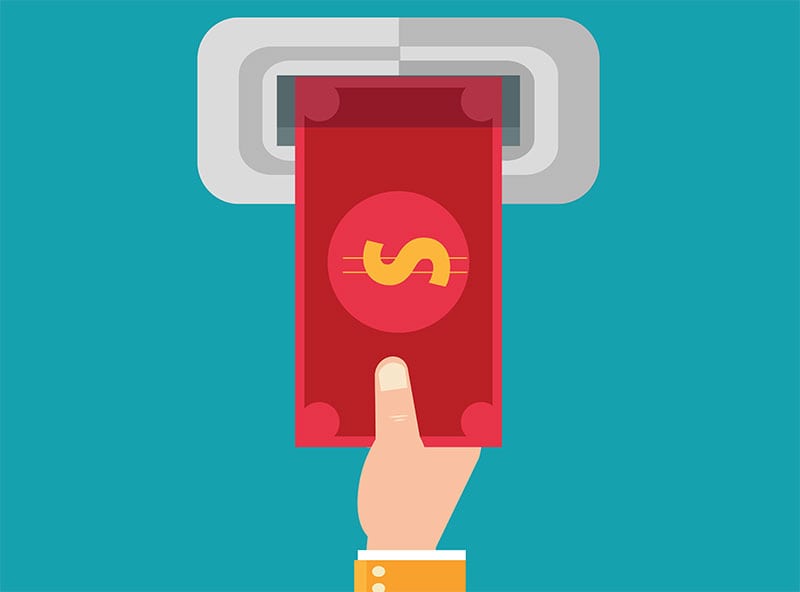The New Order-Fintech
 The global financial sector has received its fair share of media coverage over the last decade, mostly unflattering. Now a new story is emerging, one that shows the evolution of consumer based banking services. Going by the portmanteau, Fintech, this expanding sector represents a raft of new technology companies entering the financial sector and in some cases disrupting consumer/banking relationships and overhauling how we interact with both banks and personal finance.
The global financial sector has received its fair share of media coverage over the last decade, mostly unflattering. Now a new story is emerging, one that shows the evolution of consumer based banking services. Going by the portmanteau, Fintech, this expanding sector represents a raft of new technology companies entering the financial sector and in some cases disrupting consumer/banking relationships and overhauling how we interact with both banks and personal finance.
In a recently published White Paper by Transferwise, entitled The Future of Finance, CEO and co-founder, Taavet Hinrikus, wrote “In 2015, 68% of people had never used a technology provider for financial services. In five years’ time, half (48%) expect to use a technology provider for at least one financial service and a third (32%) expect to use a technology provider for 50% or more of their financial needs. In ten years’ time, 20% of consumers anticipate they will trust technology providers for all financial services from credit cards to mortgages ”.
Surprisingly Fintech in essence can be traced back to the 1950s. Technology has always been a key factor in the growth and development of our financial systems. The 50s and 60s saw a dramatic departure from the solely in-store banking where customers carried out all transactions face to face on the bank’s premises. First came the credit cards swiftly followed by cash machines in the 60s, allowing customers to carry out basic payments, withdrawals and statements at many locations. The 80s saw the development of more sophisticated bank mainframe computers, data and record-keeping systems. In the 90s banks quickly understood the power of the Internet and related e-commerce opportunities and here new web related business models flourished. Whilst mobile consumer banking had yet to be developed, online stock brokerage websites aimed at retail investors transformed stock brokering from a purely phone based activity. The remaining period has seen banks continue to develop more sophisticated tools and interfaces, allowing customers to manipulate funds regardless of time or location.
“Technology has always been a key factor in the growth and development of our financial systems.”
As customers began to enjoy greater degrees of flexibility Fintech developments were also responsible for more sophisticated trade processing, data analysis and risk management tools at an institutional level for banks. While these background workings are never apparent to consumers, they make up a global multibillion-dollar industry aimed at supporting the financial services sector.
So Fintech as a sector is mature and expansive but newer elements are now feeling the rush of innovation and investment. In January this year the European Union’s Payment Services Directive 2 (PSD2) came into force and its directives will be implemented into national legislation across the 28 EU countries by 13 January 2018. This is a major shakeup of payment legislation and key points for the Fintech sector are new rules that open up access to payment account information for third parties. One key area of PSD2, known as Access to the Account (XS2A), is where banks will be forced to facilitate access to their customer accounts and provide account information to third party apps if the account holder has given explicit consent. Further, third party payment initiation service providers are able to initiate payments via internet-portals on behalf of the 
account holder, if the account holder gives permission. Banks will now be obliged by law to enable this functionality once the roll out of PSD2 is complete. Commenting on how these directives will affect the sector, Director of Global Ecosystem Development, Startupbootcamp FinTech & InsurTech, Elisabeth Lumley, says, “Honestly, every startup I know of, where the PSD2 would have an impact, has read the mandate backwards and forwards and are building products today. The banks however, are the organisations, who are behind. I am not sure many of them quite realise the impact the PSD2 will have on their business. I would gather, if you did a survey, there would be a sizable group of people inside banks who wouldn’t be able to tell you what the PSD2 is”. Obviously many Fintech start-ups are ahead of the game and already preparing to step into a competitive space where consumers want a more efficient, flexible and pleasant user experience at a fraction of the cost.
“In the 90s banks quickly understood the power of the Internet and related e-commerce opportunities”
In addition to navigating the new directives banks will need to improve transparency around payment fees and this may further drive customers towards transactions with Fintechs who are likely to offer lower charges than incumbents. As the market shifts the majority of banks will need to access specialist support from external partners when integrating newer technologies that comply with PSD2. The increased importance and market emphasis on application-programming interfaces (APIs) means that traditional banks will shift their consumer banking to a more collaborative model or risk being left behind. Specialist elements like security layers and app stores as well as new processes, products, and services need to be woven into their offering to stay ahead of the curve.
At a glance it would be easy to mistake new trends as the beginning of the end for the big banks. Whilst the banking landscape is rife for change and new technology is certainly rushing in to meet consumer demands this is only half the story. New payment and transfer technology, be it delivered by a bank or a Fintech, is only a tiny proportion of the global banking market. Global corporations and finance directors of companies like Volkswagen, Nestle and Siemens trust large institutions to move vast sums of money on a daily basis.
Some of the largest and most established Fintechs do already move 100s of Millions of pounds, but the largest incumbents can shift trillions of pounds a week. Nevertheless, the market is changing rapidly and top Fintechs such as GoCardless who process over $1bn each year in Direct Debits for thousands of companies are striding ahead. Vice President of Marketing at GoCardless, Nicola Anderson, says, “Like other Fintechs,
provides an innovative layer on top of the financial infrastructure controlled by the banks. Over the next decade, we expect new regulations to give us increased access to that infrastructure, and allow innovative companies to provide faster, cheaper and more convenient, customer-centric services to merchants and consumers. Banking is about to get a lot more competitive”.

